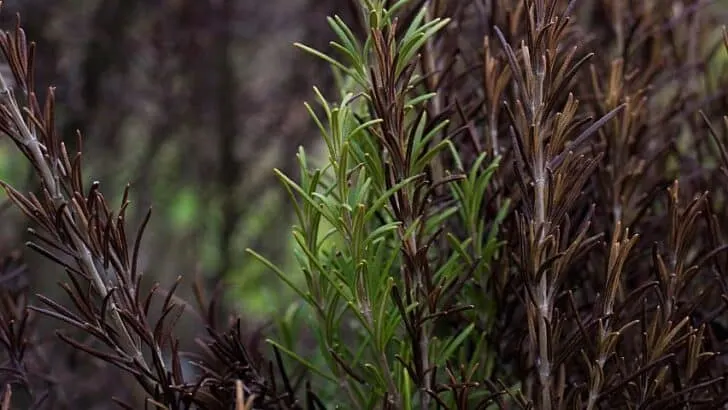I love my herb garden. It’s one of the first gardens I planted, and I really enjoy seeing the different herbs change as they bear flowers or ripen.
When I realized my rosemary leaves were turning brown, I instantly knew something was wrong.
Here are the reasons I identified why rosemary leaves are turning brown.
Table of Contents
Rosemary Leaves Turning Brown
Rosemary leaves turn brown when overwatered. The softened stems and leaves are then susceptible to fungal diseases that can cause plant death. Overwatering can be the result of high rainfall, humidity, and excessive watering, all of which can cause waterlogged soil, drowning the roots and cause rot.

6 Common Reasons Rosemary Leaves Turn Brown
Rosemary leaves may be a slightly brown-greenish color when dried, but on the living plant, the leaves should be a deep green. Brown leaves aren’t normal.
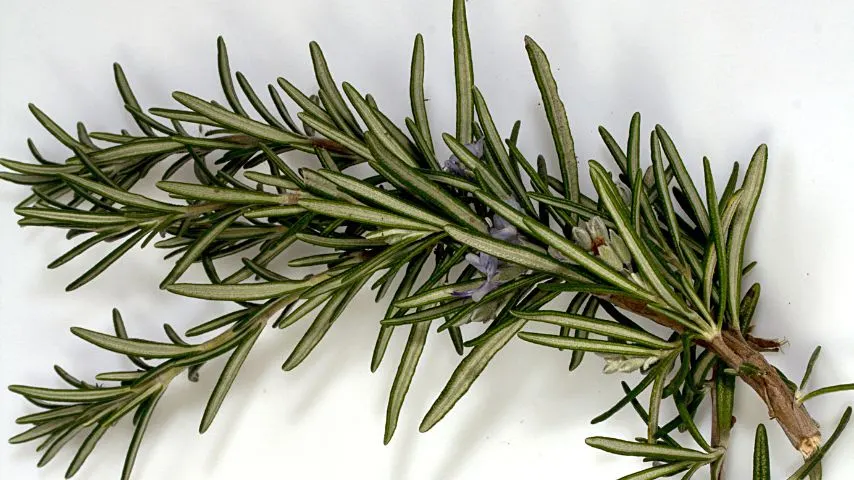
Here are the reasons why rosemary bushes turn brown and what to do about it.
1. Root Rot
The most likely cause of brown leaves on a rosemary bush is root rot due to overwatering.
Since rosemary is a versatile Mediterranean plant, it is used to living in semi-arid conditions like on the islands of Greece.
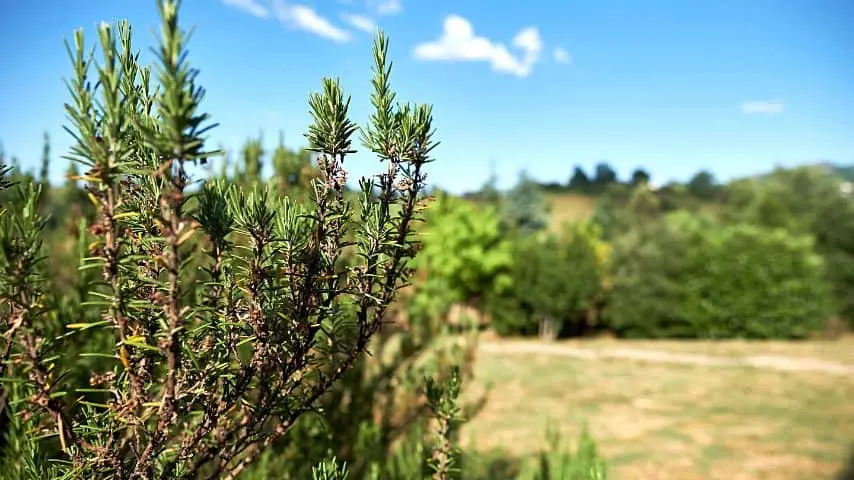
While rosemary will grow in more water-rich environments, the plant requires well-draining soil to ensure root rot doesn’t set in.
How to Fix It
Root rot happens when the rosemary roots don’t have an adequate balance of air and water in the soil.
So, by reducing the amount of water your rosemary gets, you will improve this balance and help the plant dry out so root rot can’t take place.
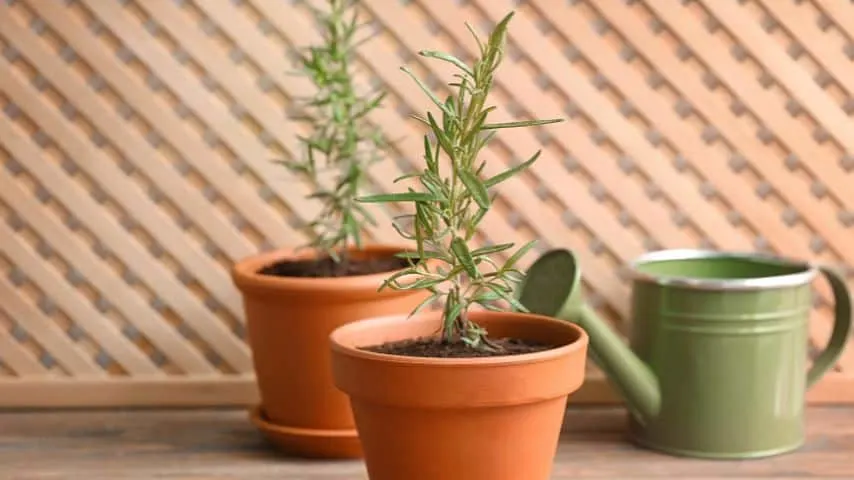
2. Manual Overwatering
When you continuously water the soil, your rosemary bush will develop root rot.
The soil doesn’t drain fast enough to clear the excess water, causing a loss of vital nutrients from the plant as the cells are so swollen with water.
Since the cells can’t take in more water, they also can’t take in nutrients, so the plant starves and the root cells die, causing root rot.
How to Fix It
Fixing brown leaves due to manual overwatering is quite simple — stop watering your rosemary. Rosemary should only be watered once in two weeks if there has been no natural rainfall (for outdoor rosemary plants).
Before you water your rosemary bush, first check whether the soil is dry by sticking your finger in.
If you feel the soil is damp up to the first digit of your index finger, you shouldn’t water the rosemary. If the soil is dry, water the plant moderately and then wait two weeks before you check it again.
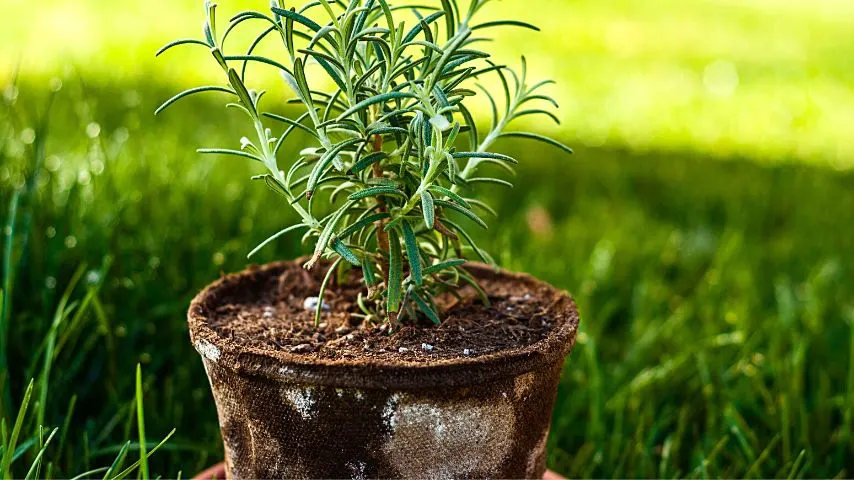
3. High Rainfall Area
If you live in a high rainfall area, your rosemary may turn brown because of excessive precipitation.

While you can’t turn off the rain, you can protect your rosemary bush.
How to Fix It
Ensure your rosemary is planted in well-draining soil. If the soil is clay-based or becomes waterlogged easily, you can change the composition of the soil by mixing in sand or grit.
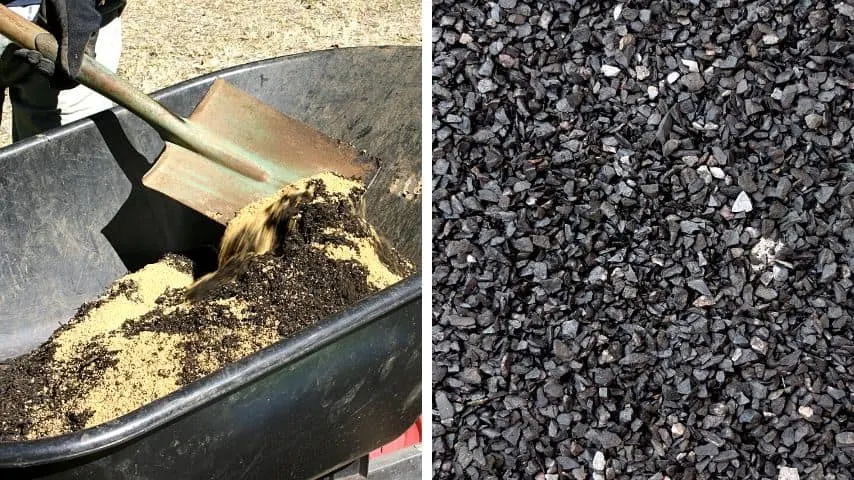
The drainage will increase, creating soil that won’t become waterlogged and cause root rot in your rosemary.
4. High Humidity
Should you live in an area where there is high humidity, your rosemary may also start to turn brown.
The damp air of your area may cause excessive moisture to deposit on the soil and plant, causing rot and opening the door to fungal infections.
How to Fix It
Ensure your rosemary is planted in a well-ventilated area. If you plant the rosemary in a pot, ensure the pot is placed in a semi-shady spot to help limit the dampness of high humidity.
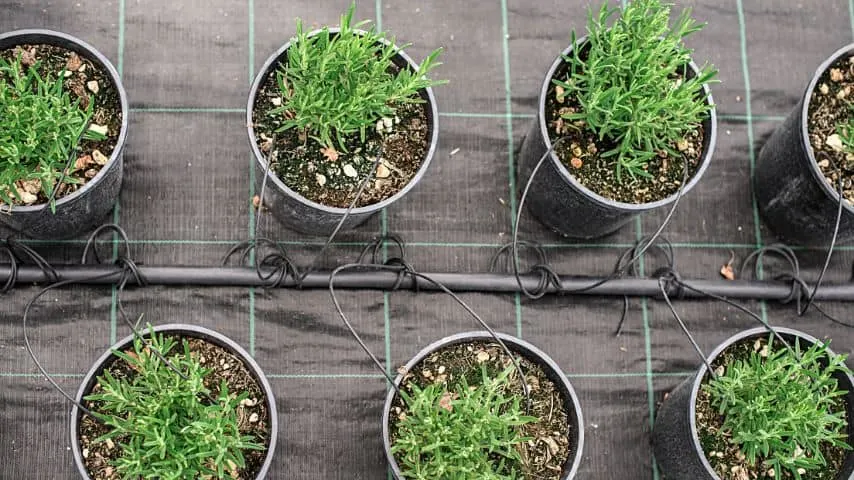
Again, creating well-draining soil and not watering as frequently can help maintain an arid balance for your rosemary.
5. Winter Watering and Frost
While we may think of winter as being a dry time, it is also a time when plants grow less.
When you water your rosemary too frequently in winter, the soil will lock in the water, freezing the roots of the bush and causing damage that manifests as brown leaves.
How to Fix It
Frost can also burn the leaves of the rosemary plant, so you may need to provide frost covering for winter.
Remember that rosemary is not native to cold climate zones. It prefers mild temperature regions.
6. Fungal Disease
Rosemary may be vulnerable to fungal spores setting up colonies when the plant has suffered damage due to root rot.
When the leaves turn brown, there may also be a slightly white or gray powder on the plant, which is a clear sign of fungal disease such as powdery mildew.
How to Fix It
To address the problem of fungal disease turning the rosemary bush leaves brown, you need to spray the bush with a solution of weak soapy water or diluted vinegar.
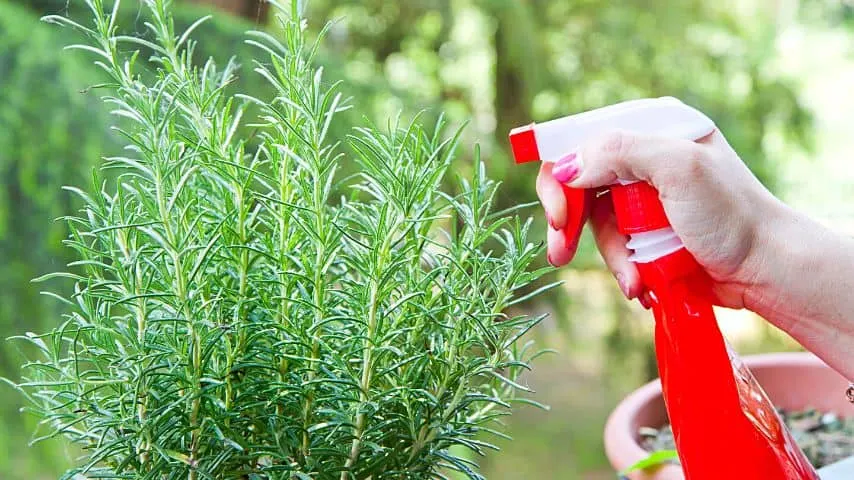
Ensure you set the plant aside in a well-ventilated area and monitor the soil for signs of waterlogging.
Frequently Asked Questions about Rosemary Leaves Turning Brown
Should you prune away the leaves that have turned brown on a rosemary bush?
If the leaves are brown, dry, and crumbly under your fingers, you should cut away these leaves and stems. Since these sections are already dead, they only increase the risk of fungal infections.
How can I save my overwatered rosemary bush from dying?
If your rosemary bush is planted in a pot, set the pot aside and wait for the soil to dry out. Ensure the pot is then placed in a well-ventilated area with direct sunlight. Overwatered garden-planted rosemary bushes can be helped by potting the plant in a well-draining mix of potting mix and sand.
Conclusion On Why Rosemary Leaves Are Turning Brown
Rosemary leaves are turning brown if you overwater it. Since rosemary has a slightly dried-out appearance, it is easy to believe the plant needs extra water, but rosemary prefers dry soil, watering every two weeks, and an uncrowded and sunny place to grow.

Daniel has been a plant enthusiast for over 20 years. He owns hundreds of houseplants and prepares for the chili growing seasons yearly with great anticipation. His favorite plants are plant species in the Araceae family, such as Monstera, Philodendron, and Anthurium. He also loves gardening and is growing hot peppers, tomatoes, and many more vegetables.

